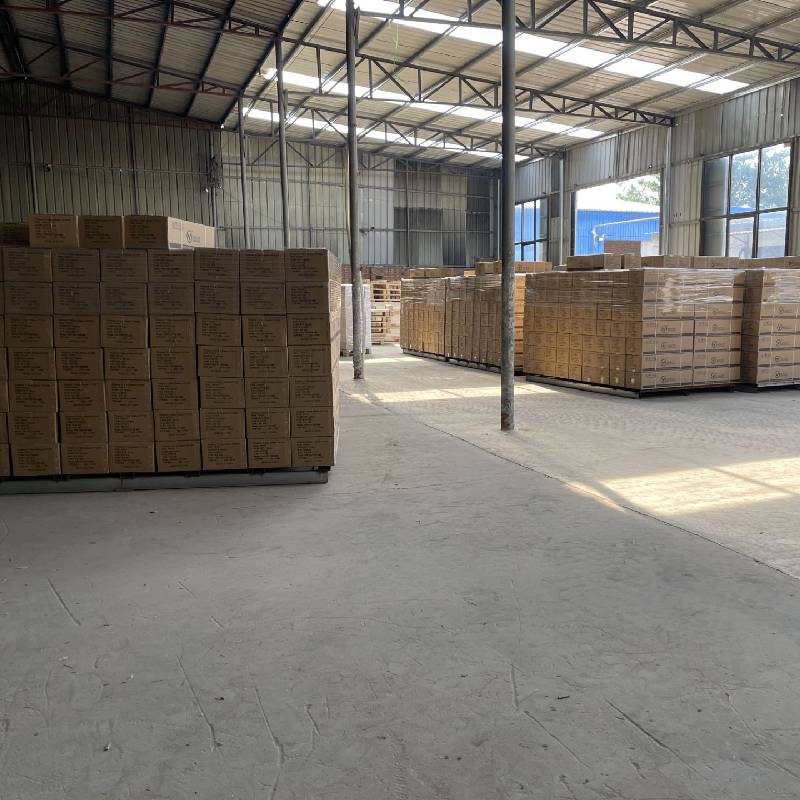
- Mobile Phone
- +8613931874955
- sales@cntcmetal.com
Understanding the Mechanics and Applications of Tension Springs in Hook Systems for Enhanced Performance
Understanding Tension Springs and Their Applications
Tension springs, commonly referred to as hook springs, are essential components in various mechanical and industrial applications. These springs are designed to absorb energy, store it, and release it when needed. Their unique design and functionality make them indispensable in many devices, from simple household items to complex machinery.
Tension springs operate under the principle of elasticity. When a force is applied to a tension spring, it stretches; this elongation stores potential energy within the spring. The amount of stretch and the potential energy stored directly correlate to the spring's material properties and dimensions. When the external force is removed, the tension spring returns to its original shape, releasing the stored energy and exerting a force in the opposite direction. This consistent response to tension makes them ideal for applications requiring resilience and flexibility.
One of the defining features of tension springs is their hooks, which allow them to connect to various components. These hooks can be designed in multiple ways, depending on the specific application and requirements. The hooks can be formed at one or both ends of the spring, and they can vary in shape, size, and orientation. This versatility makes tension springs suitable for countless applications across different industries.
Applications of Tension Springs
Tension springs are widely used in many different sectors. Some common applications include
1. Automotive Industry In vehicles, tension springs are found in various assemblies, such as hoods and doors, where they help maintain tension and facilitate smooth operation. Springs are also used in suspension systems, where they support weight and help absorb shocks from the road.
2. Manufacturing and Machinery In manufacturing machinery, tension springs are vital for operating mechanisms like conveyor belts, where they provide the necessary tension for optimal performance. They also assist in clamping devices, allowing for robust grasping and holding of parts during assembly or machining processes.
3. Household Appliances Many household items, such as washing machines, lawnmowers, and kitchen equipment, utilize tension springs. They play a crucial role in functions such as door latching, providing resistance in hinges, and even in the mechanisms of toys and gadgets.
tension spring hook

4. Electronics and Computers Tension springs are often found in electronic devices, where they help ensure that buttons and switches return to their default position after being pressed. This feature is especially important in providing tactile feedback to users.
Selecting the Right Tension Spring
Choosing the correct tension spring for a particular application involves understanding several key factors
- Material The choice of material affects the spring's durability, flexibility, and performance under stress. Common materials include stainless steel, carbon steel, and music wire, each offering different benefits.
- Spring Rate This refers to the resistance offered by the spring when stretched. A higher spring rate indicates a stiffer spring, which means it requires more force to stretch it a certain distance.
- Dimensions The diameter, hook type, and overall length of the spring should match the specific requirements of the application. Proper sizing ensures optimal performance and longevity.
- Environmental Factors Consideration of the operating environment is crucial. For instance, if the spring will be exposed to moisture or corrosive substances, materials with better resistance to these factors should be selected.
Conclusion
Tension springs, or hook springs, are integral components that find application in a variety of fields due to their energy-storing capabilities and structural integrity. Their design, consisting of a coiled body with hooks, allows for versatile usage, making them invaluable in industrial machinery, automotive applications, and everyday household items. Understanding their properties and selecting the appropriate spring can significantly impact the efficiency and reliability of mechanical systems. As technology advances, so too will the applications and innovations surrounding tension springs, solidifying their place in modern engineering and daily life.
share:
-
Your Source for Concrete Wall Ties and Masonry AccessoriesNewsJul.10,2025
-
Unlocking the Power of Iron Wire for Every ProjectNewsJul.10,2025
-
Explore Advanced Chain Wire and Stainless Steel Mesh FencingNewsJul.10,2025
-
Discover the Benefits of Annealed Wire ProductsNewsJul.10,2025
-
Discover China Stainless Steel Wire Mesh SolutionsNewsJul.10,2025
-
Build with Confidence Using High-Performance Masonry AccessoriesNewsJul.10,2025
-
Why Sacrificial Formwork Is Redefining Underground ConstructionNewsJun.06,2025



















